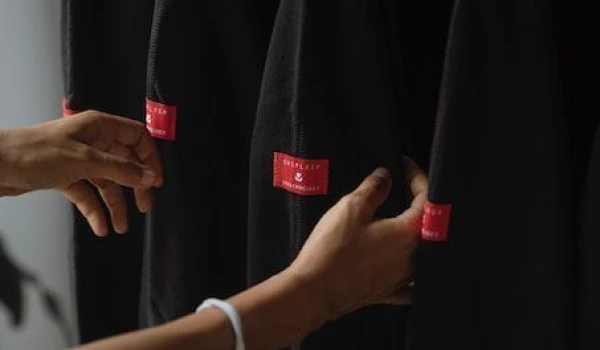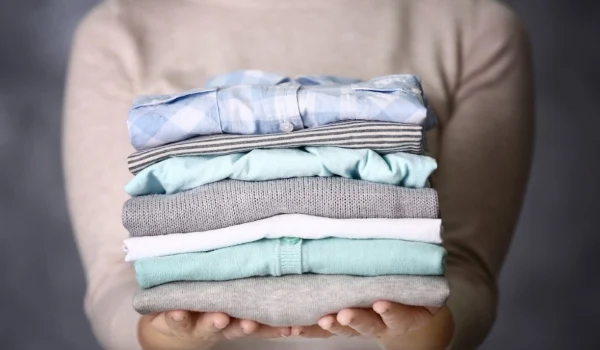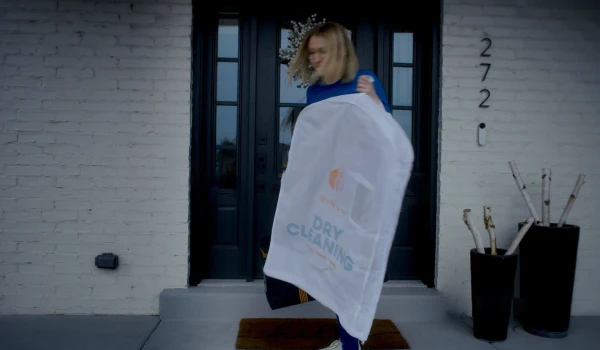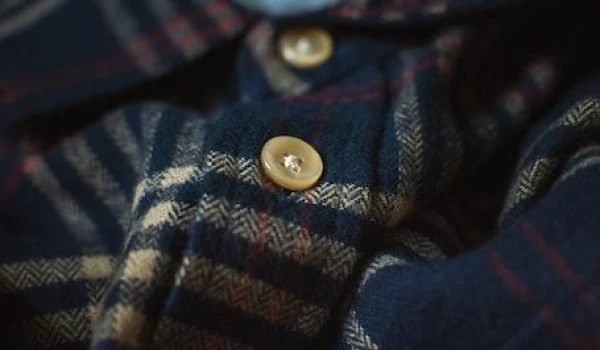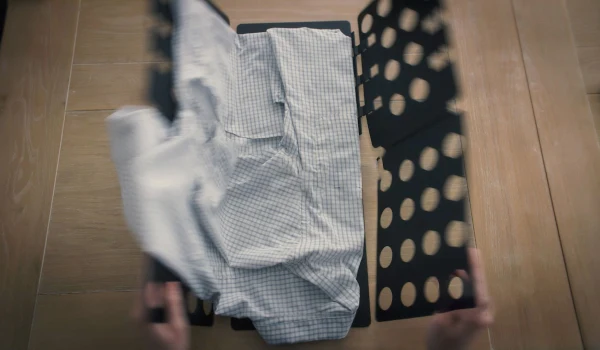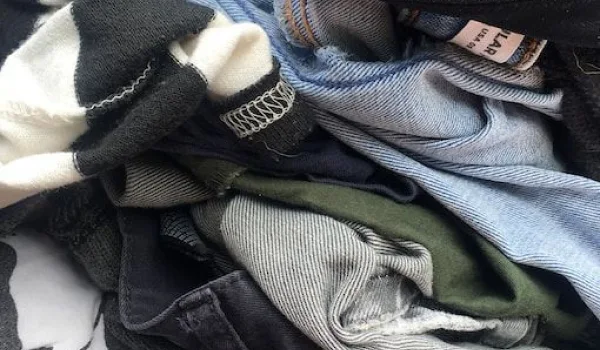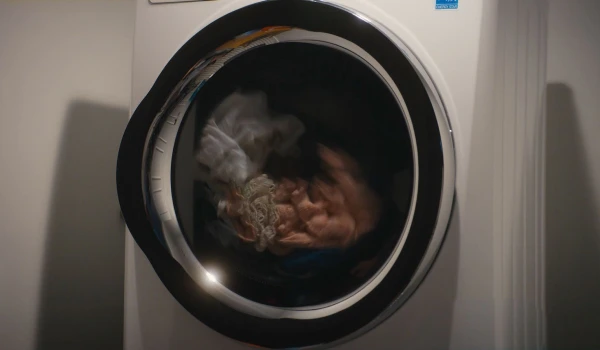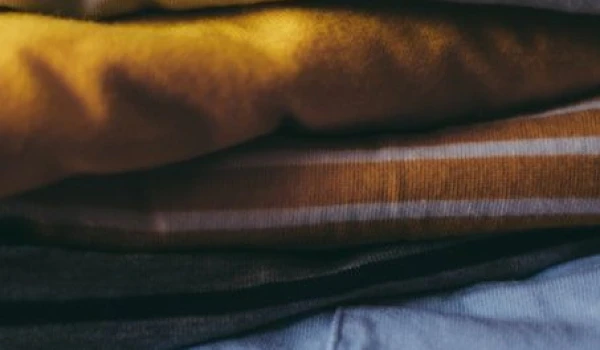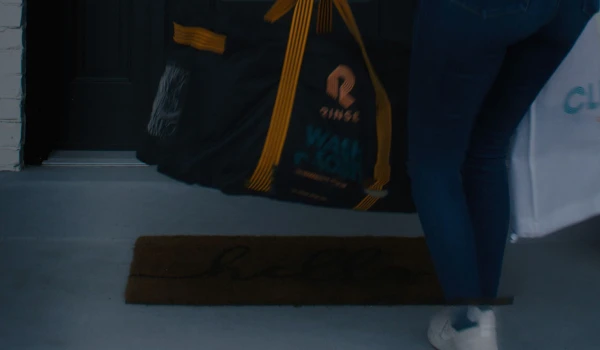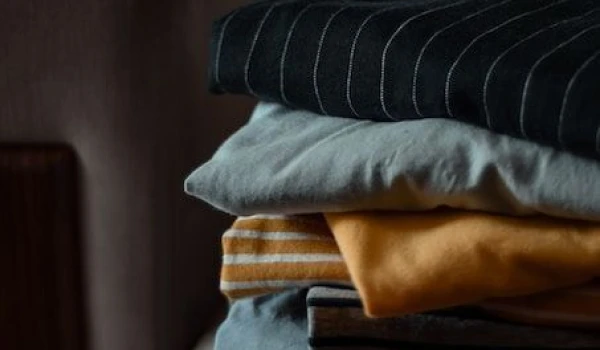Introduction
Clothing care has evolved as trends and technology change how we clean, preserve, and protect our garments. Mothballs have a storied past as a form of insecticide created to keep cloth-eating moths from damaging garments being stored away in drawers at home.
Understanding Mothballs: A Short History
In the early 1800’s, certain chemists began to experiment with purified coal tar and the odiferous properties that characterized this white, waxy, solid substance. By 1821, a chemist named John Kidd standardized the production of this chemical, which we know as naphthalene today. Soon after, the famous scientist Michael Faraday, Godfather of modern electromagnetic theory, identified the molecular formula of naphthalene, which further established its notoriety in the scientific community.
Experimentation with naphthalene continued over the next several decades, and another substance was eventually developed after it was discovered that burning naphthalene generated significantly large flames. It was through this experimentation that a second active ingredient in mothballs came to be known: paradichlorobenzene. This new substance generated a similar vapor as naphthalene, making it an effective pesticide when used in the correct conditions.
Together, these two chemicals represent the active ingredients in mothballs as we know them today, thanks to years of experimentation in the 19th century by several dedicated scientists.
Fast forward to modern times and the reliance on mothballs as a key element of clothing care and preservation has begun to fade, thanks to the proliferation of three luxuries that are easily taken for granted:
- Central heat and air conditioning
- Synthetic garment materials
- Home pest control

Thanks to central heat and air conditioning, home windows and doors can remain closed, which reduces the likelihood that moths and their cloth-eating larvae will find their way into your closet. But before HVAC systems were common, most households looked to natural airflow to regulate the temperature inside, which brought with it the increased chance that pests would enjoy valuable clothing for lunch.
In addition, as the rise of synthetic materials like nylon, polyethylene, and polyester eclipse the presence of natural fibers like cotton, wool, and silk in the closet, moths are less likely to seek out clothes as a food source. Fortunately for us, moths and their larvae do not eat synthetic materials.
Finally, other methods of home pest control have outpaced the effectiveness of mothballs, which means that moths and other pests are eliminated before they even make it to the places where you store your clothing.
The phasing out of mothballs’ prominence as the last line of defense in your wardrobe may represent the final chapter in the interesting story of this smelly and sublimating substance. As we look back over the history of mothballs, one thing is clear: clothing care matters, and scientists will continue to innovate new ways to preserve and protect our garments.
What Are Mothballs?
If you’ve ever unfolded a sweater at the beginning of fall to find it riddled with holes from hungry moth larvae, it’s not a stretch to understand why mothballs exist.
Moths and carpet beetles love anything made of natural fibers, (think: your favorite wool sweater) because it’s a place to lay their larvae and guarantee their offspring have a hearty first meal. (They also are big fans of pet dander and hair, which is why it’s important to clean your clothes thoroughly before storing them.)
Since it’s near impossible to find and remove larvae from clothes, the most efficient and effective way to make sure your clothes are still in one piece when you unpack them is to add a few mothballs among your garments that are being stored for a month or more. The mothballs emit a poisonous vapor that kills any larvae that may have hitched a ride on your clothing, thereby eliminating the possibility of chewed fabric.
Poison, you say? Sounds risky.
Well, yes – if you’re a moth. There is a right way and a safe way to use mothballs, so read on!

Why Were They Created?
Before getting into how to use mothballs, let's take a moment to appreciate their creation. Before clothes were made from synthetic materials, pretty much all garments were prime candidates for moths and other fabric-eating insects. Something had to be done to repel these pests. As chemicals like naphthalene or paradichlorobenzene proved to be effective in combatting these undesired insects, it was not long before mothballs were developed.
How Are Mothballs Used Nowadays?
As mentioned above, mothballs are not as popular as they once were. However, they continue to be used in many households for the same reason they were developed: as a repellent to get rid of clothes moths, larvae, moth eggs, and any other insect that will damage stored clothes.
Armed with this knowledge, we are now we are ready to learn how to use them.

How to Properly Use Mothballs
-
For clothes that you do not plan to wear for a month or more, place them in a closed container like a plastic storage bin or plastic laundry bag (as close to airtight as possible). Doing this keeps the vapors from the mothballs concentrated on the intended items to eradicate insect larvae.
-
There is no need to use mothballs for synthetic items since insects prefer natural fibers.
-
-
Wear rubber gloves when handling mothballs (you’re a lot bigger than insect larvae but poison is poison). Read the package to determine how many of this particular brand of mothball you should use, and place the specified amount among (but not on) your clothes.
-
When you’re ready to wear your stored items again, unpack your clothes in a well-ventilated area. Air your clothes out for a couple of days and then wash them according to the care label.
- Dispose of mothballs carefully, placing them in a sealed garbage bag.

FAQs Around Mothballs
-
How long are mothballs effective?
-
They begin their work as soon as you deploy them and often last for 3-6 months. Check the packaging for exact confirmation on when to replace them.
-
-
Are mothballs safe to use around humans and pets?
-
The chemicals inside mothballs are toxic to both humans and pets. Mothballs should always be handled with care as extended exposure to them can lead to liver or kidney damage, as well as being considered a carcinogen. Seek medical or veterinarian attention immediately should a child or pet ingest a mothball.
-
-
Do mothballs expire?
-
Yes, mothballs come with an expiration date – check the packaging when purchasing them to ensure they'll be effective when you need them.
-
-
Can mothballs damage clothing or fabrics?
-
Where possible, avoid having mothballs in direct contact with your clothes' fabrics as they may cause stains or discoloration. Instead, place them beside your garments.
-
-
Can mothballs be used for other pests?
-
Yes, you can use mothballs as rodent or snake repellent too. Simply seal off the area where you have unwanted visitors and let them work their magic.
-

Keep Your Wardrobe Moth-Free with Rinse
The season is changing and you need to rotate your wardrobe – it is time to unpack the clothes that have been protected by mothballs. As mentioned above, you first need to let them air for a few days before washing.
Great, now your garments are ready for laundry or dry cleaning. Wouldn't it be great if there was a company that could come to your door to pick up your clothes and return them squeaky clean? Meet Rinse. We offer the most convenient laundry, dry cleaning, and hang dry services – you don't have to leave your home!
Not only that, but we are also committed to sustainability, whether it be through our energy-efficient washing machines to our perc-free dry cleaning. You've fended off the moths, now let us tackle stains, remove any residue chemicals, and ensure your clothes look as good as new and are ready to wear.
Contact us at Rinse today to see our skill in action.

Have laundry or dry cleaning to do?
Rinse picks up, cleans and delivers 7 days a week. Amazingly awesome. Ridiculously simple.


